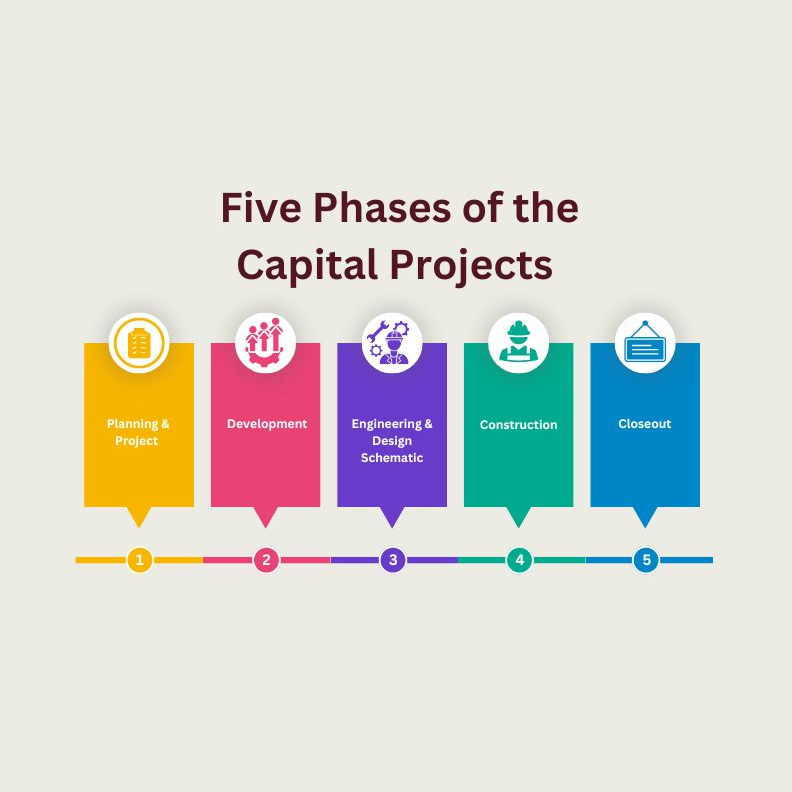The backbone of any thriving community is undoubtedly its public servants, which include first responders, government staff, and teachers. However, in many communities, these essential workers face significant challenges in securing affordable housing. To address this disparity, several innovative measures have been considered, and amongst these, the inclusion of housing subsidies and other incentives into capital improvement bond packages stands out. Such a strategy holds promise in alleviating the burden of housing costs, while also spurring community development and revitalization.
As outlined in City of San Antonio First Responders Homebuyer Assistance Program guide, housing subsidies can offer a lifeline to individuals who are integral to the functioning of our society. Incorporating these subsidies into capital improvement bond packages is an effective way of delivering these benefits at scale, and of ensuring our public servants are adequately supported.
The Advantages of Incorporating Housing Subsidies into Bond Packages
- Talent Attraction and Retention: As the City of San Antonio guide suggests, affordable housing incentives can prove crucial in attracting and retaining critical public sector talent. These incentives can act as a buffer against housing instability, thereby ensuring continuity of services from these indispensable professionals.
- Promoting Community Integration: The integration of public servants into the communities they serve leads to enhanced cohesion and empathy. This inclusion can facilitate better communication, engender trust, and foster cooperation between public servants and local communities.
- Economic Benefits: By easing the housing burden, more discretionary income becomes available to public servants. This extra income can be funneled back into local economies, thus providing a boost to local businesses and stimulating economic growth.
- Infrastructure Development: When housing subsidies are included in capital improvement bond packages, they spur infrastructure development. Affordable housing initiatives can pave the way for more public and private investments in localities, and drive community development and regeneration.
Indeed, the integration of housing subsidies into capital improvement bond packages is a complex undertaking, requiring careful planning, robust partnerships, and meticulous execution. Let’s delve deeper into the steps involved in this process:
- Policy Development and Legislation: A comprehensive policy framework and associated legislation serve as the bedrock for integrating housing subsidies into capital improvement bond packages. This first step involves conducting an in-depth study of current housing affordability issues, identifying areas of improvement, and analyzing the potential impact of such subsidies. The policies should clearly outline the roles of different stakeholders, mechanisms for subsidy distribution, and rules for beneficiary eligibility. This thorough preparatory work will ensure that the legislation crafted will not only enable the integration of housing subsidies but also align with the overarching strategic development goals.
- Engaging the Community: A community-based approach is crucial in garnering broad support for this initiative. Policymakers should solicit input from a diverse range of stakeholders, including public servants, community members, local businesses, and housing developers. This engagement can occur through town hall meetings, online forums, and surveys. Such inclusive dialogue will lead to a better understanding of community needs, fostering widespread support and ensuring that the bond packages are tailored to address the unique housing needs of each community.
- Creating Partnerships: Effective partnerships are fundamental to the success of this initiative. Policymakers should seek to establish alliances with various governmental bodies, non-profit organizations, private sector entities, and housing advocacy groups. These partnerships can enhance the resource pool, drive innovation, and foster a sense of shared responsibility. Regular meetings and progress updates can ensure all partners are aligned towards a common goal – that of providing affordable housing to public servants.
- Design and Implementation: With the groundwork of policies, legislation, and partnerships in place, the design and implementation phase can proceed. This stage involves several steps:
Location Identification: The process begins with identifying suitable locations for affordable housing projects. This decision should take into account factors such as proximity to places of work, access to public transportation, and availability of community amenities.
Design of Housing Units: Designing the housing units is an integral part of this phase. The design should prioritize affordability without compromising on quality, safety, and comfort. Incorporating green building practices can also contribute to long-term sustainability and cost-efficiency.
Implementation: The implementation phase involves actual construction, allocation of housing units to eligible beneficiaries, and distribution of housing subsidies. This phase requires careful project management to ensure timely and efficient execution. - Monitoring and Evaluation: Following implementation, it’s essential to have systems in place for ongoing monitoring and evaluation. These mechanisms will track the effectiveness of the bond packages, measuring parameters such as the number of public servants availing the housing subsidies, improvement in housing stability, and changes in community development indicators. Regular audits and reviews will help identify any areas of concern and allow for necessary modifications to the policies or implementation strategies.
The concept of incorporating housing subsidies into capital improvement bond packages offers a promising solution to a pressing issue. This initiative not only addresses the pressing need for affordable housing for public servants but also supports broader community development goals. A well-conceived, carefully executed policy, drawing on the best practices and principles as outlined in the City of San Antonio guide, can have a transformative impact on communities and the public servants who serve them.
Front Line Advisory Group’s primary objective is improving Capital Infrastructure Bond programs for our clients and their communities. We deliver comprehensive program controls, specialized expertise and cloud-based Program Management software solutions at a price point affordable to local governments and independent school districts. Contact us for more info at info@frontlineadvisorygroup.com.
Links to additional information below:
City of San Antonio First Responders Homebuyer Assistance Program
City of Charlotte Community Heroes
We would also like to give a special thanks to City of San Antonio District 6 Councilwoman Melissa Cabello Havrda for helping us better understand this issue and for the great work she is doing for the community.













